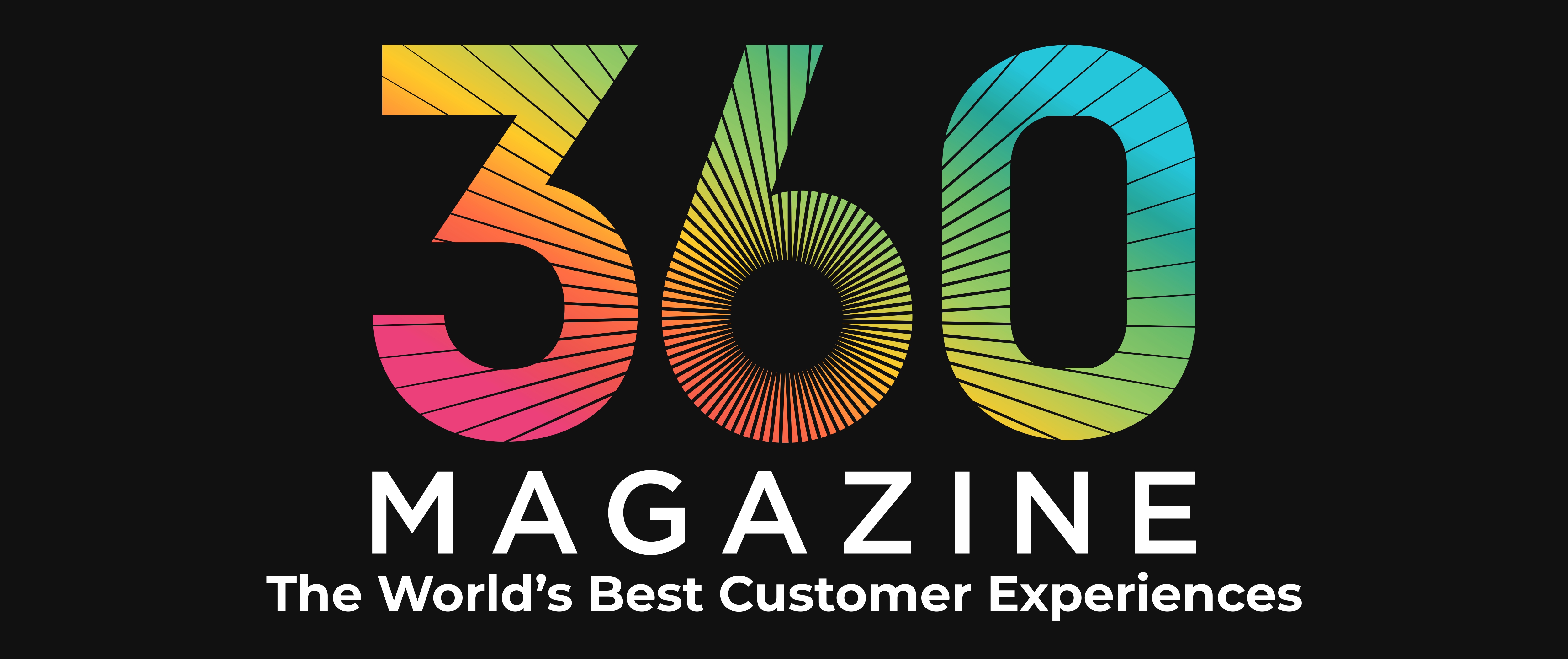Review volumes are up 12%, but sentiment is dropping

Shane Schick tells stories that help people innovate, and to…
More customers are taking the time to go public with their feedback in 2021, but the overall volume of reviews remains lower than it was before the COVID-19 pandemic began, according to research from Reputation.
The San Ramon, Calif.-based provider of what it calls reputation experience management software examined 3.7 million shopper reviews for its 2021 Retail Reputation Report. It also took a close look at the aggregate volume of Google Business Profile views and actions — such as clicking on a Google Business Profile to visit the retailer’s website, calling a retailer, or looking for directions — in order to rank retailers based on its “RepScores.”
Both Google Business Profile views and actions like the above are up 17 per cent, which Reputation said could suggest a renewed interest in returning to physical scores. Clicks to find directions, meanwhile, are up 15 per cent, which could mean the same thing.
The bad news it that consumer sentiment has been dropping throughout 2021, Reputation said, particularly around factors such as service, courtesy and staff. Product availability and affordability may also be affecting sentiment, Reputation added. The report suggested retailers need to pay attention to several variables as they determine the best ways to improve.
“’Review spread’ — or the number of sites where customers leave reviews — has an impact on a retailer’s Reputation Score. The more places a customer leaves reviews, the higher a retailer’s Reputation Score will be. That’s because more reviews spread out across digital means more visibility,” the report’s authors wrote. “Consumers (also) leave a vast amount of unsolicited feedback in real time on sites running from Instagram and Twitter to Reddit. All these touchpoints present opportunities to listen, learn, and respond.”
360 Magazine Insight
Beyond the high-level numbers about reviews, Reputation’s 36-page gated report is fascinating as a capsule history of customer shifts during the pandemic. In the U.S., for instance, the authors noted that top-ranked brands tended to be those that empowered consumers to pursue their hobbies amid pandemic restrictions, such as craft supply store Michael’s or Bass Pro fishing.
The data also showed that there is plenty of opportunity to compete against some household names based on the propensity to engage with customers who leave reviews. This includes Target, which got a zero score in this area.
For companies that aren’t well-versed in social media listening, Reputation’s research could help make the business case to at least begin a pilot project. Just tuning into social conversations around a single brand such as Walmart, for instance, Reputation make a link between consumer sentiment and the quality of employee experiences.
Even if you’re sick of hearing the phrase “the Great Resignation,” meanwhile, Reputation’s report makes it clear that ongoing labour shortages have a direct impact on CX that could prove challenging if enough negative reviews pile up. The idea of doing more with less — at least from a customer centricity perspective — is probably the worst strategy you could take into 2022.
Other top-scoring brands in the report included Bath & Body Works, Ace Hardware, Nordstrom and Costco.
Shane Schick tells stories that help people innovate, and to manage the change innovation brings. He is the former Editor-in-Chief of Marketing magazine and has also been Vice-President, Content & Community (Editor-in-Chief), at IT World Canada, a technology columnist with the Globe and Mail and Yahoo Canada and is the founding editor of ITBusiness.ca. Shane has been recognized for journalistic excellence by the Canadian Advanced Technology Alliance and the Canadian Online Publishing Awards.















